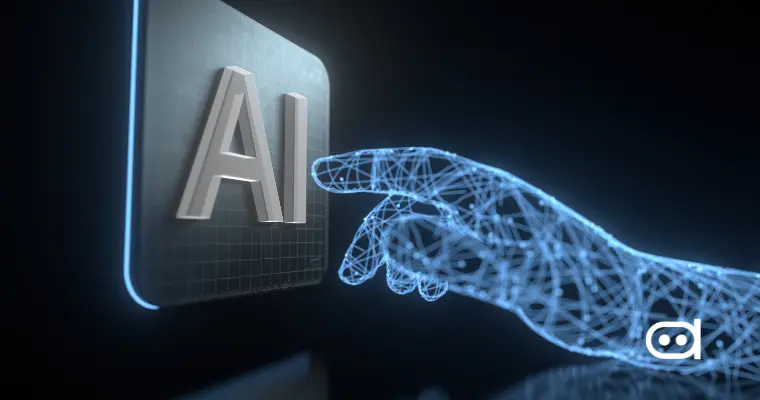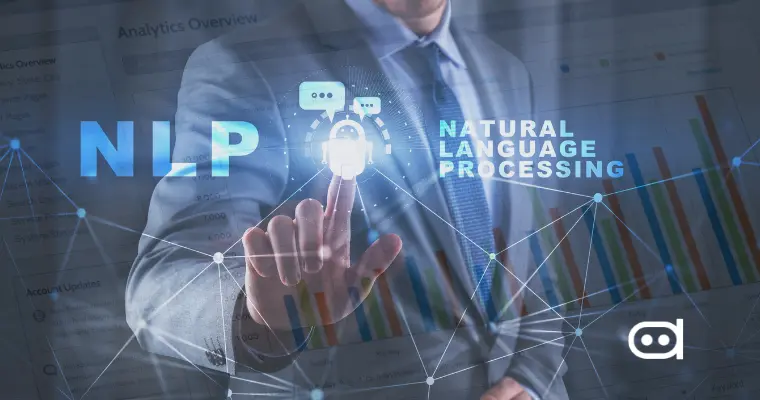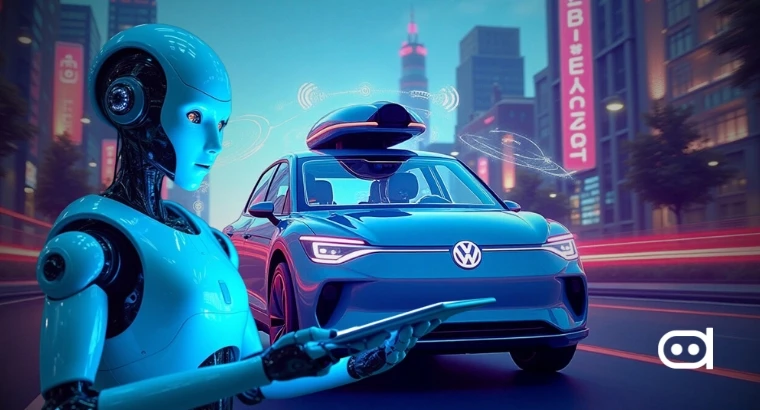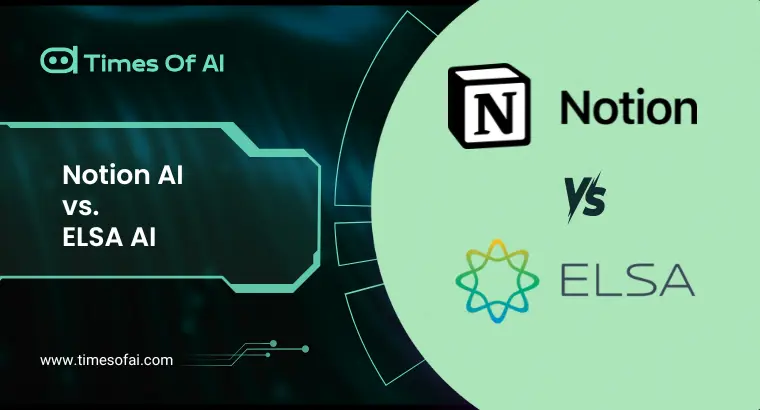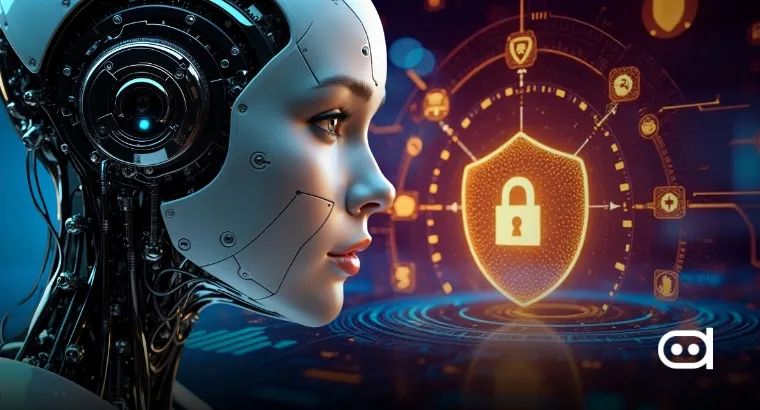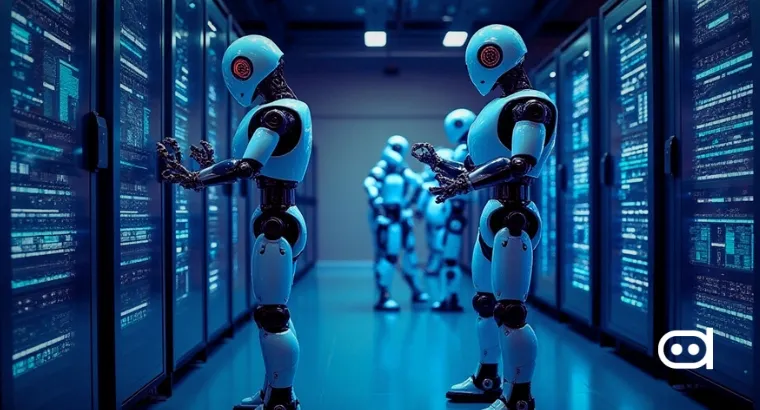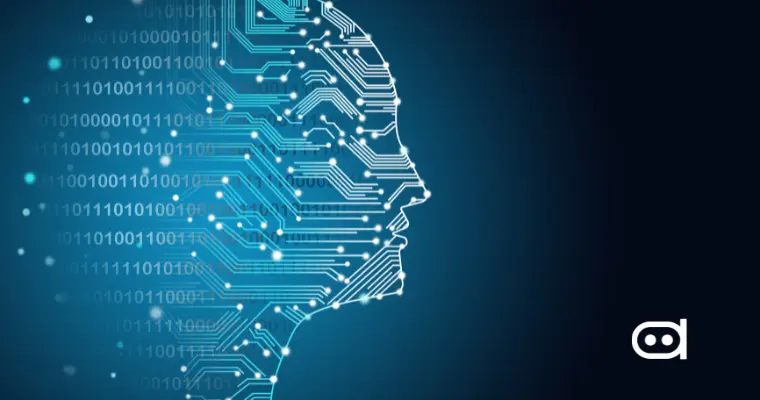
Artificial intelligence has now been integrated into every sphere of our lives, influencing decisions and actions. From medical diagnoses and financial approvals to judicial recommendations, the world is witnessing a twist, with machines slowly making critical decisions that were once solely made by humans. The real-world impact of AI decisions is no longer theoretical but affects millions of lives daily across virtually every sector of society.
What do we do with those cases where self-driving cars misinterpret road conditions and cause an accident? Where an AI system algorithmically manifests bias and disallows a qualified applicant from obtaining a loan? When these failures occur, they raise profound questions about responsibility and accountability in AI ethics that our existing legal frameworks struggle to address. The victims of such AI failures deserve clear pathways to accountability and recourse, yet determining who bears ultimate responsibility.
This article sheds light on AI and moral responsibility and attempts to tackle burdensome questions where technologists, ethicists, and policymakers converge: If AI systems collapse, who will be held responsible?
Understanding Moral Responsibility
Moral responsibility implies a present capacity to hold an agent as one who warrants praise or blame for an act. When it comes to weighing responsibilities in human contexts, it remains clear because it depends on – knowledge as the human knew of the consequences of the act, intent as the human meant the consequences, ability as the human could have acted otherwise, and causation that is a link existed between the act and the harmful outcome. These become murky when one tries to apply them to the context of artificial intelligence systems.
Can AI be considered a “moral agent”? At present, an AI is not conscious, does not act with intention, and lacks moral knowledge, which we view as attributes of a moral agent in a human. Yet, decisions made on an AI system would inflict serious ethical consequences. In recent times, examples highlight this friction:
- An AI diagnostic system that misidentified the cancerous cells later led to several patients having delayed treatment.
- Some deep fake scandals have surfaced due to AI-generated false videos.
- AI systems, at scale, have created misinformation that challenges issues of high public interest.
Artificial Intelligence in Decision-Making
AI makes its own decisions by walking through numerous computational processes without conscious deliberation. Machine learning algorithms detect patterns and correlate vast data sets to make predictions or classifications. Currently, these AI systems:
- Review loan applications with risk assessment
- Screen candidates for hire by comparing resumes against sets of desired qualifications.
- Recommend a medical treatment by contrasting patient data with clinical outcomes.
These consequential decisions arise with no human supervision on the specifics of each case, hence inducing a gap of accountability in artificial intelligence when harmful outcomes arise.
Who Can Be Held Accountable for AI Actions?
The Developer
The developer is the one who develops the AI system and defines the training data, the architecture choices, and the optimization criteria. Their technical choices exercise immediate influence on AI behavior, whereby they are to be made accountable for any such harm that can be reasonably foreseen. However, being the developer of an AI system does not mean one can always predict all situations the system may be involved in.
The Organization or Corporation
An organization that deploys AI makes big strategic decisions concerning its implementation, monitoring, and quality assurance. It enjoys the upside of AI success but, more often than not, externalizes the chances of AI risks to the subjects and society. Frameworks for corporate responsibility increasingly recognize the obligation to test, monitor, and mitigate unnecessary algorithmic harm.
The End User
Users implementing AI in specific contexts might be considered accountable for its proper deployment and monitoring. In this respect, medical practitioners using diagnostic AI or hiring managers using recruitment algorithms are expected to carefully supervise and judge their integration of AI recommendations into decision-making.
The AI Itself
Some people propose that highly sophisticated AI may become deserving of treatment as morally accountable agents. Presently, however, AI systems lack one of the necessary elements for attributing moral accountability: consciousness, autonomy, and some appreciation of the principles of right and wrong. Holding AI systems morally responsible may end up exculpating actual human actors from this responsibility instead.
Can AI Be Morally Responsible?
Can AI be held accountable for its actions? Let’s explore this in the context of how it compares to human ethics and its limitations.
AI Accountability vs. Human Accountability
A human-accountable system offers moral agency, able to be held responsible based on a distinction between right and wrong and a choice of the respective action. In contrast, however, advanced AI systems execute programmed instructions and learned patterns without moral understanding. This distinction, alongside its implications, challenges the basis for traditional forms of assigning accountability to AI.
Limitations of AI in Moral Contexts
AI faces certain limitations regarding moral responsibility:
Agency: AI lacks autonomy as it cannot choose its goals or fundamentally change its values. AI systems can select different paths to achieve goals, but these choices are all made within a fixed set of parameters. Unlike humans, who can reflect on their programming and reject it, AI is stabilised by its design architecture. This core limitation manifests even in a sophisticated system like GPT-4 or DeepMind’s AlphaFold. Despite impressive capabilities, it cannot question either its mission or the goals that it has been designed to complete.
Intent: AI systems work without conscious intention or purposes other than their programmed objectives. They optimize for specific outcomes without understanding what they are doing. When an AI suggests denying someone credit or distinguishing between diseases, it goes through statistical pattern identification, ignoring meaning-based reasoning. It is specifically this lack of intentionality that creates what has been dubbed an “intentional stance” illusion, where we attribute intent to AI behavior when none is present in any morally relevant sense.
Moral Awareness: AI does not, and could never, understand ethical principles or grasp the moral significance of its actions. While systems can be designed to follow ethical guidelines or to simulate moral reasoning, what is lacking is the emotional and social understanding that grounds human moral intuitions. Moral judgment calls for more than just following rules; emotional capacities such as empathy and compassion are also needed because those attributes are completely different from any computational process. Even the AI systems implemented for ethical reasoning lack the core experience or cognizance needed to make true moral judgments.
Philosophical Perspectives
AI as Tools: Responsibility for any consequence is always traced back to a human being, as AI lacks the basic qualities for moral agency, whatever its behavioral complexity. Under this scenario, everything a human does regarding an AI, be it creation, deployment, or regulation, is held responsible. This view poses that technology conferred with some attribution for responsibility opens a window for catching missed accountabilities from the responsible human decision-maker.
AI as Autonomous Agents: In another position, it is stated that when AI shows a larger level of autonomy and unpredictability, it may need an intermediate kind of moral consideration – something less than a full tool and less than a full agent. An “artificial moral agent” may be capable of engaging in functional equivalents to moral reasoning, even if it is entirely unconscious. This view recognizes that traditional views of responsibility break down in the case of systems that learn, adapt, and operate beyond any kind of direct human control.
Legal and Ethical Implications
The federal legal regime dealing with artificial intelligence has not yet attained adequate precision and specification. Most legal systems were built around the conception of human or corporate actors. Some jurisdictions have begun implementing AI-specific regulations, mostly focused on transparency and human oversight.
High-profile cases have shed light on the legal challenges that come with this. In a fatal accident involving an autonomous vehicle in Arizona in 2018, questions were raised regarding whether the software developer, the car manufacturer, the driver who was in attendance, or the technology itself was to be held responsible. Lawsuits regarding discriminatory bias in hiring algorithms also raised questions of liability against those who have developed such artificial intelligence systems.
To further understand the ethical risks of AI-driven decision-making and marketing, watch Pujya Brahmvihari Swami as he highlights the need for transparency, accountability, and responsible AI use to prevent manipulation and misinformation.
Future Considerations and Emerging Questions
As we integrate AI more deeply into critical systems, the landscape of responsibility continues to evolve at an unprecedented pace. The current frameworks we use to assign accountability are being stretched and transformed by rapid technological advancement. In the coming years, we’ll likely see entirely new paradigms of responsibility emerge as AI systems take on increasingly autonomous roles in healthcare, finance, transportation, and public safety. These emerging systems will operate with greater independence and less direct human oversight, creating novel challenges for our ethical and legal structures. The fundamental question of who bears ultimate responsibility—humans or machines—may require us to reconsider deeply held assumptions about agency, intent, and causality. Imagine a future medical center where an AI system recommends treatments for patients with complex conditions. The AI suggests an unconventional approach that the supervising physician approves but ultimately harms the patient. The hospital claims their staff followed AI recommendations in good faith, the AI developer points to regulatory compliance, and the patient seeks accountability.
Can we develop AI with built-in ethical reasoning? Some researchers are exploring so-called “value alignment” techniques to ensure that AI systems appreciate human ethical norms. The challenges these proposals face are tough as there can be considerable divergence in human values from one culture to another, and very often, ethical nuance is hard to translate into technical jargon. If we do not program machine intelligence with moral rules, perhaps we should instead equip it to acknowledge its limitations and defer to humans when human input is required.
Will AI be granted legal personhood in the future? With the increasing sophistication of AI systems, some legal academics argue that we might need new classes of legal personality to deal with AI accountability. AI personhood poses challenging questions around rights, responsibilities, and remedies, while corporate personhood is a precedent for non-human legal entities. Would AI personhood offer any meaningful improvements in accountability or just serve to protect human actors from liability?
Evolving Nature of Responsibility in a Hybrid Human-Machine World
Against the backdrop of this new landscape of distributed decision-making between humans and machines, concepts of responsibilities, as we traditionally know them, will have to undergo restructuring. The most productive models will recognize that accountability in artificial intelligence systems must be both collaborative and situation-oriented. Safety, transparency, and ethical considerations have to become the higher-level agenda within development. A robust testing, monitoring, and governance structure must be put in place by organizations. Users must be aware of the limitations of AI and enforce them. And the regulatory environment must keep pace with new forms of algorithmic harm while fostering innovation for good.
While machines are becoming increasingly capable and autonomous, the ultimate AI ethical responsibility for building and deploying the systems stands squarely with humankind. Moving forward requires ongoing discussions between technologists, ethicists, policymakers, and the public that will allow for the creation of frameworks that will distribute responsibility appropriately along the AI ecosystem. This will equip us to create systems that support human flourishing while maintaining clarity of accountability in the face of setbacks.



